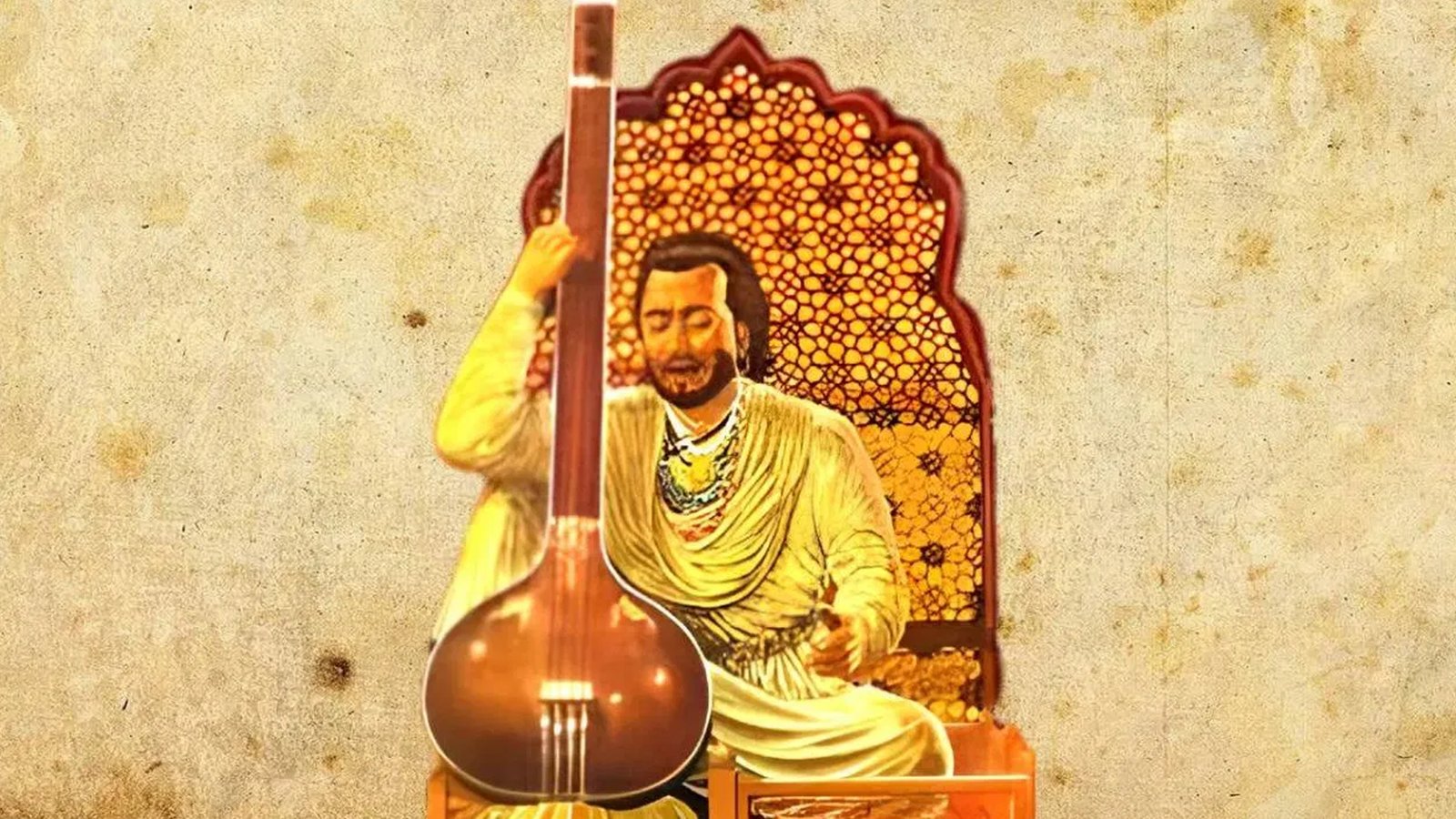Tansen, the legendary musician of the Mughal era, remains an icon in the realm of Indian classical music. Born in the early 16th century in Gwalior, Tansen's contributions to Hindustani classical music have left an indelible mark on the cultural heritage of India.
Tansen's early life was marked by an innate musical talent that caught the attention of his guru, Swami Haridas. Under his guidance, Tansen honed his skills in classical music, mastering vocal and instrumental forms. His brilliance was not confined to a single genre, as he effortlessly navigated through dhrupad, dhamar, and other traditional forms.
Emperor Akbar, known for his patronage of the arts, recognized Tansen's exceptional abilities and invited him to his court. Tansen's tenure at the Mughal court was transformative, as he became one of the 'Navratnas' or the nine jewels in Akbar's court. His presence elevated the status of music, and he was appointed as the court musician.
One of Tansen's most celebrated compositions is the 'Miyan ki Todi.' This raga, known for its meditative and soul-stirring qualities, showcased Tansen's deep understanding of musical intricacies. His renditions of this raga not only captivated the emperor but also endeared him to the masses.
Apart from his vocal prowess, Tansen was an accomplished instrumentalist. He played the veena and the rabab with finesse, contributing to the enrichment of the musical landscape. His experimentation with various ragas and talas further expanded the horizons of Hindustani classical music.
One of the anecdotes surrounding Tansen's life is the legendary 'Deepak-Ragini' incident. According to folklore, Tansen's rendition of the Deepak raga was so powerful that it ignited lamps and caused a sudden rise in temperature. While this story might be embellished, it reflects the awe-inspiring impact Tansen's music had on the listeners.
Tansen's legacy extends beyond his artistic contributions; he also played a pivotal role in cultural exchanges between the Mughals and local traditions. His collaborations with fellow musicians and poets resulted in a fusion of Persian and Indian musical elements, creating a syncretic musical language that endured through the centuries.
Despite the grandeur of the Mughal court, Tansen remained deeply rooted in Indian ethos. He composed numerous compositions in regional languages, showcasing a harmonious blend of the classical and folk traditions. This cultural amalgamation remains a testament to Tansen's ability to bridge diverse musical landscapes.
Tansen's influence extended beyond his lifetime, shaping the evolution of Indian classical music. His disciples, known as the 'Senia gharana,' continued his musical legacy, preserving and transmitting his teachings to subsequent generations. The gharana system, rooted in the guru-shishya parampara (teacher-student tradition), became a cornerstone of Indian classical music pedagogy.
In conclusion, Tansen's life and work are a tapestry of cultural richness and artistic brilliance. His impact on Hindustani classical music endures, with his compositions and legacy resonating in the hearts of music enthusiasts. Tansen's journey from the royal court to the hearts of the common people is a testament to the universal appeal and enduring power of his musical genius.

Leave a reply
a
2025-11-23 18:42:01
asd
2025-10-13 02:40:59
The Soul of Bengal: A Tribute to Nazrul Sangeet
2025-09-01 13:45:33
The Psychology of Singing: How Your Mood Shapes Your Voice
2025-08-20 11:02:30
Respecting Stage Artists: The Heartbeat Behind Every Performance
2025-08-06 11:30:17
1
2025-07-30 11:24:31